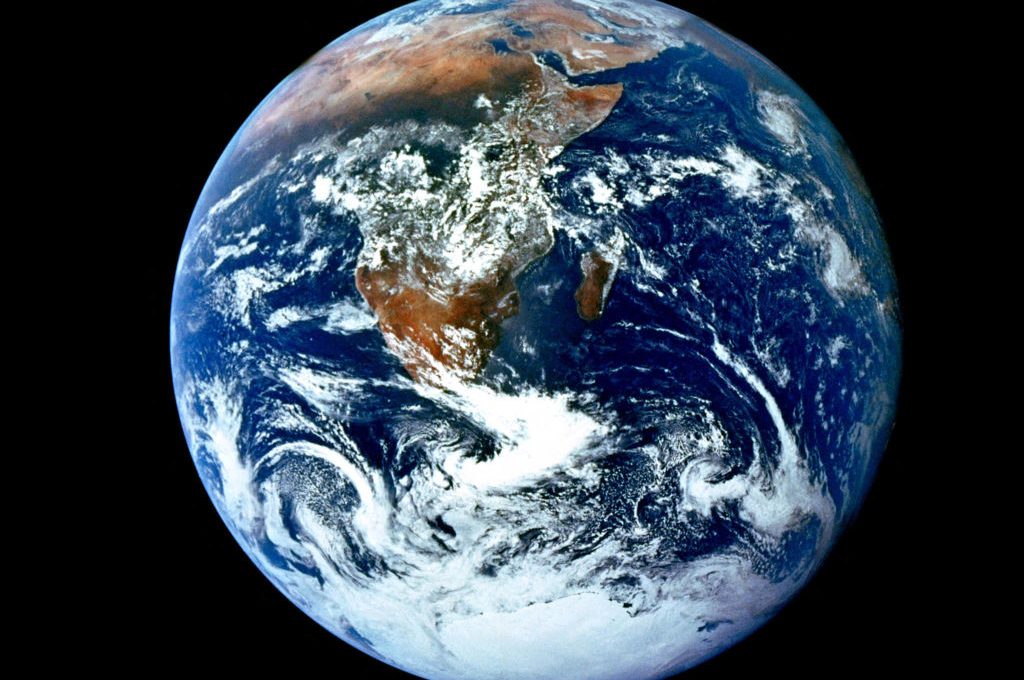When asked at a 2004 Foreign Affairs symposium to identify the most dangerous of all contemporary ideas, Francis Fukuyama — no doubt to the editor’s surprise — did not cite the heretical view, held by many of his critics, that the end of history is not yet, nor indeed is anywhere in sight. Instead, he chose the concept called transhumanism for that honorable nomination.
Whether or not transhumanism is the most dangerous of all current mental constructions, it is certainly among the silliest, demonstrating the degree of intellectual insanity to which the fear of mortality is capable of driving educated people who ought to know better. Since the seventeenth century, the three basic elements of liberalism in its political and intellectual forms have been the mastery of science, the realization of human freedom and equality, and the abolition of human suffering. Since World War Two, the third of these has taken precedence over the first two, as liberal thought has become almost wholly secularized, and liberals themselves have concluded that human immortality is at best unlikely, that the present life is all there is, and consequently, that it should be made as free of suffering as possible.
While Stefan Lorenz Sorgner insists that Jürgen Habermas was wrong in claiming that “all transhumanists strive for immortality” and that transhumanism is a cult, Sorgner, a leading authority on transhumanism, metahumanism and posthumanism, concedes that many transhumanists speak as if immortal (earthly, physical) life were indeed their aim.
“Transhumanists,” he writes in On Transhumanism, “accept the premise that humans emerged from evolutionary processes and could die out if the ongoing adaptation to ever-changing environmental conditions is unsuccessful. Constant self-overcoming is thus in our principal interest.”
Transhumanists reject a dualist view of human beings, the conception of man as a ghostly soul joined with a material body. By the appropriate use of modern technology, they believe, humans can influence and eventually direct their evolution as a species, prolong their “healthspan,” and postpone death indefinitely by such means as uploading their brains to computer disks, cryogenic self-preservation and similar bold and imaginative techniques.
Transhumanists believe further that the discovery of truth being impossible, humans must be content to accept and act upon pragmatic truth for so long as it yields the desired results. For transhumanists, a “transhuman” is someone transitioning to a “posthuman,” often the product of “liberal eugenics” and the equivalent of Nietzsche’s Übermensch, belonging to a different species from Homo sapiens and reliant on technology to reproduce itself. Through various biological, medical, pharmacological and digital “enhancements,” posthumanity would be immune from suffering, physical frailty and death.
Transhumanism is indeed a monstrous program. One may question, however, whether it is any more dangerous than the postmodern liberalism of which it is the grotesque offspring. If the movement has any positive value at all, it is its utility in demonstrating the fatal inadequacy from its beginnings of the concept of human nature that in recent times has produced liberals’ morbid obsession with the late Kenneth Minogue’s “suffering situations” — one of what is called in Liberalspeak “the root causes” of Western political pathology in the twenty-first century.
Suffering is an essential element of the human condition, individual and collective. Suffering consciously and with full awareness of the fact is not merely what makes us human, it is what gives our lives meaning while improving us within our own humanity, not outside of or beyond it. Without suffering, men, far from transcending and perfecting themselves, would either be a breed of contented domestic animals or a manufactured line of sentient robots or “cyborgs” —post-human artifacts with nervous systems linked to computers. Suffering has an infinite value that is not limited to the salvific one Christianity attributes to it. Without suffering there would be no art — no music, no literature, no painting, no sculpture, no architecture beyond prefabricated buildings assembled by machines — since art is the expression of refined and reflective feeling prompted by joy and suffering, but suffering primarily.
Suffering allows us to recognize and appreciate beauty, which is a form of truth, by comparison with its stark opposites, ugliness and untruth. Transhumanists’ belief that, in the absence of suffering, our experience of the beautiful would be “enhanced” and our lives further “enriched,” is a crassly ignorant one that reveals the anti-human implications of the materialist philosophy. In every human culture known to history, religion has been the fons et origo of art, of thought and — a fact to which transhumanists are oblivious — of science, and thus of technology as well.
Francis Fukuyama, whose theorizing about liberal-capitalist-democracy being the secure immoveable endpoint of history, has been proven so spectacularly wrong in the more than three decades since he so famously advanced it, is quite right in thinking transhumanism the most dangerous idea in circulation these days. At the very least, it ranks high on any conceivable list of candidates. Transhumanism is, put simply and with brutal directness, a contemptible attempt at escaping the pain of being a man. It is also, in terms of its theoretical and philosophic extremity, the last liberal project imaginable.
This article was originally published in The Spectator’s March 2023 World edition.

























